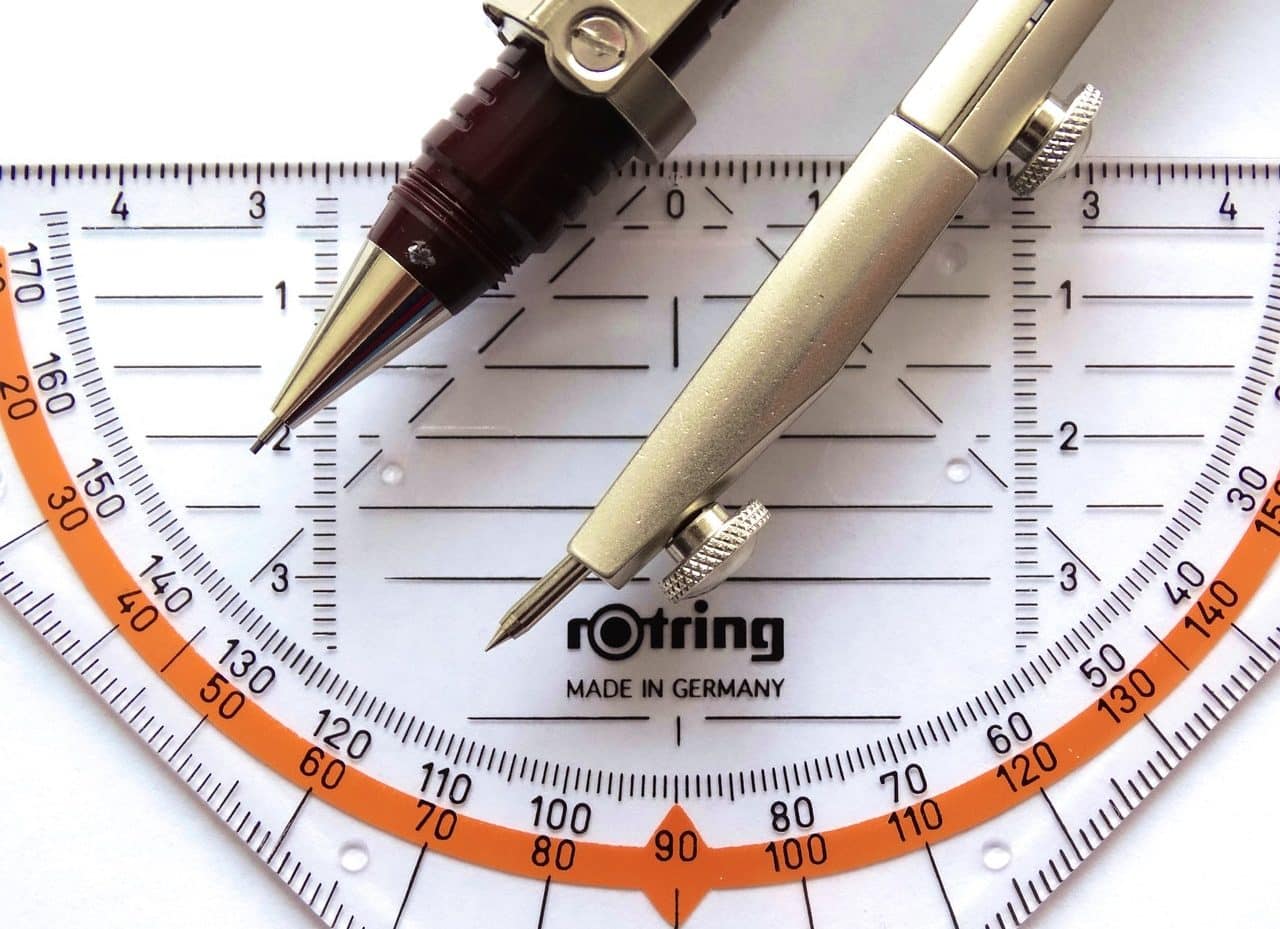
Complementary angles are those that add up to 90º.
Complementary angles are those that complement each other to form a right angle . In other words: the sum of two complementary angles results in an angle of 90º .
It should be noted that angles are geometric figures that are formed with two rays that have a common origin (vertex). Complementary , for its part, is an adjective that refers to that which complements something.
The etymology
To know the meaning of the concept precisely, it is important to discover the etymological origin of the two words that give it shape:
- Angle is a word of Greek origin since it derives from ankulos , which can be translated as "crooked" . It later came into Latin as angulus .
- Complementario , on the other hand, has Latin origins. It is the result of the sum of several clearly differentiated parts: the prefix com- , which means "union" ; the verb plere , which is synonymous with "fill" ; the element -ment , which can be defined as "means" , and the suffix -ary , which indicates "relative to" .
Examples of complementary angles
We can determine that in a right triangle we find complementary angles. These will be acute angles : for example, one may measure 68º and the other, 22º. That is, they will add 90º.
Furthermore, we can indicate that the diagonal of any rectangle is also responsible for configuring complementary angles.

Two complementary angles form a right angle.
Your calculation
It is possible to resort to arithmetic to obtain complementary angles. The theory indicates that, to know what the complementary angle of an angle a is, you must subtract its amplitude from 90º . This way we obtain its complementary angle, which we could call angle b .
If the angle a measures 30º , therefore, we must perform the following calculation: 90º – 30º . In this way we will obtain the angle b ( 60º ). If we add the angles a ( 30º ) and b ( 60º ), we will notice that the result is 90º , confirming that they are complementary angles.
Other considerations about complementary angles
It should be noted that complementary angles can also be consecutive or contiguous (when they have a vertex and a side in common). In this case, the non-common sides of these angles give rise to a right angle.
If the two complementary angles have an amplitude of 45º , they are also congruent since they measure the same. Another classification of these angles would place them in the group of acute angles (they measure more than 0º and less than 90º).
We cannot ignore that when we talk about complementary angles, the so-called supplementary angles always also arise. The latter are those that are characterized because they add up to 180º. Thus, for example, at an angle of 150º we have to state that its supplementary would be the one that measures 30º and for an angle of 135º its supplementary would be the one that measures 45º.
